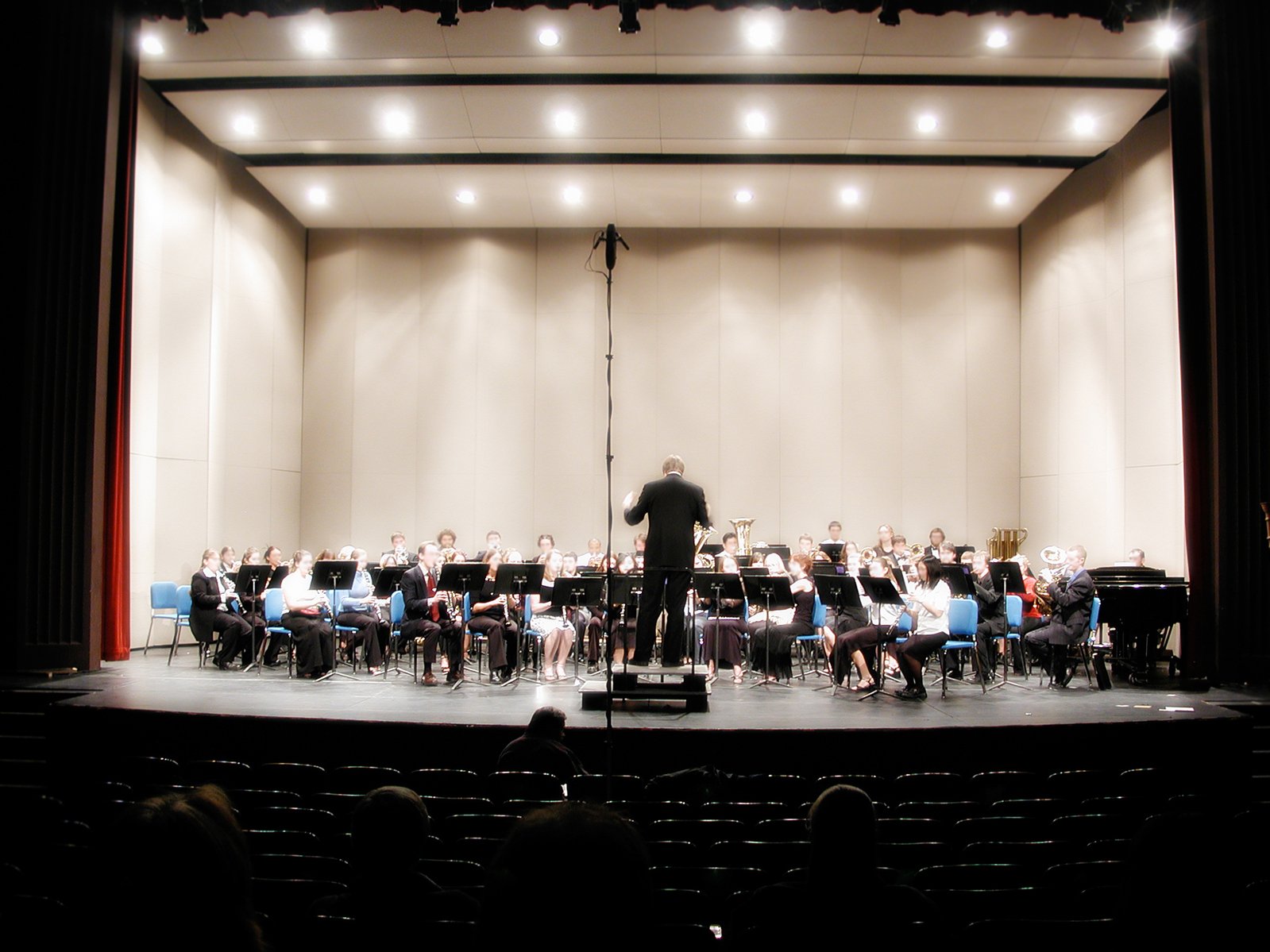What do the New York Philharmonic, the Los Angeles Dodgers, a steel mill, and a chapel of Benedictine nuns have in common?
Nothing more or less than the rise of the West from a backwater to a formerly dominant position in the world -- as well as her later decay.
There are any number of factors that contributed. For example, the specific shoreline of Western Europe, her broad continental shelf, the winds and currents of the Atlantic, the freedom of women, etc. No big thing in history has a single causal factor.
But what of the Philharmonic, Dodgers , et al.?
The playing of a symphony [or similar work] requires 1st and 2nd Violins, Violas, Cellos, Double Basses, Flutes, Clarinets, Oboes, Bassoons, French Horns, Trumpets, Trombones, and others each playing a different line of music and yet producing a coordinated whole. The Dodgers require pitchers, catchers, 1st basemen, 2nd basemen, shortstops, third basemen, and sundry outfielders each doing his own thing, yet playing together toward a harmonious outcome. The same can be said of the crane operators, puddlers, millwrights, chemists, metallurgists, inspectors, mechanics, accountants, salesmen, managers, et al. who comprise the steel mill; not to mention the sundry voices that comprise a choir.
A key invention of medieval Christendom was polyphony, in which several voices in a choir sang different lines which combined harmoniously and contrapuntally into a whole. This mentality informed the newfangled "corporate persons," like universities and guilds, which also featured different people doing different things that combined into a whole. The modern corporation is an example of such communal enterprise. So s an orchestra or a team sport. Teamwork and coordinated disparate roles were a key factor in the rise of the West. It's one of the reasons, the West entered the middle ages a follower but emerged as a leader.
Other cultures were quite adept at top-down, not so accomplished at bottom-up. An Indian raga played on the sitar is a masterpiece of virtuosity. The melodic lines are complex and the development subtle and intricate; but the only second voice is that of the rhythm beat of the tabla, and that is more like an accompanist than a colleague. There were no orchestras in India -- or in China, Japan, or the House of Submission. There were no corporations. Team sports like polo were more like a bunch of guys all trying to do the same thing than a variety of different roles all trying to do different things, but in a coordinated manner. Likewise, communal singing is not polyphonic if everyone is trying to sing the same melody.
As the rest of the world picked up on corporate effort, they began also to excel. One finds orchestras everywhere. Japan fields excellent baseball teams; India, outstanding cricket teams. Japan organized world-class industrial corporations; India has begun to do so now that the "red tape Raj" has been trimmed back.
But of late, Western music has been subsiding into noise. After a polyphonic heyday that gave us the Mmas and the Papas in popular tunes, the blending of multiple voices has shed first counterpoint, then harmony, and finally melody, so that we are left with mere rhythm. The coordination of disparate voices in parliaments and congresses has faded into a search for a Leader who, like the One Man of China, the rajah or the emir, or the Emperor of Rome, can guide us out of our troubles. We have begun to put our faith into autocracy rather than group effort.




Hmm, no comments yet? Must remedy that.
ReplyDeleteI don't know if polyphony was a specifically Christian thing - we know that European folk singing, as well as African, made extensive use of multiple voices.
OTOH, it is correct that orchestras are a modern thing (as in, post-Rennaissance). Music groups tend to follow the lead instrumentalist outside of them, even in Spanish trad., where the guitarist and the dancer both follow the vocalist.
This is a fascinating insight. What follows is the difficult question of why.
ReplyDelete